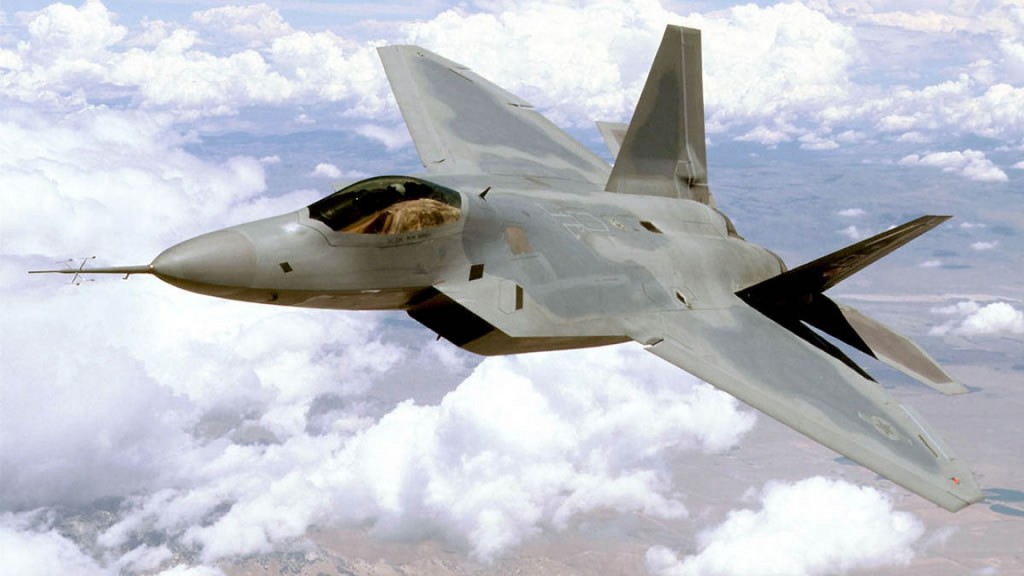The Sukhoi PAK-FA is a Russian fifth generation twin-engine fighter jet. It is scheduled to be introduced in 2016, with a total of 60 production planes currently on order by the Russian Air Force. Its T-50 PAK FA prototype first flew in 2010, with a second prototype entering its testing phase in early 2011. Once it is released it is intended to supersede the Mikoyan Mig-29 and Sukhoi Su-27 as the Russian military’s go-to interceptor aircraft. It will also form the basis for the Sukhoi/HAL FGFA, a joint venture between Sukhoi and India’s Hindustan Aeronautics Limited which is intended to provide the Indian Air Force with a fifth generation fighter of its own by 2022. At present, no other nations are in the running to purchase the aircraft, with China opting to develop its own stealth fighter.
Technical specifications regarding the T-50 PAK FA are somewhat limited, as many aspects of the aircraft are highly classified by the Russian military. However, it is known to incorporate stealth technology, and is able to cruise at a speed of over Mach 1. Its tail fins are of particular interest to the aerospace community, as they are fully movable rather than being fitted with conventional rudders. This unique tail design is thought to give the aircraft greater manoeuvrability than the American F-22 Raptor, although this may come at a cost of reduced stealth capability. The PAK FA’s fuselage is mostly comprised of titanium alloy.
Powered by two Saturn AL-41F1 turbofans, the T-50 PAK FA has a maximum speed of over Mach 2, and a service ceiling of 20,000 metres. The T-50 PAK FA prototype was not fitted with any guns as standard, but it is possible that the production version of the aircraft will have either single or dual cannon fitted, possibly the Gryazev-Shipunov Gsh-301 30mm model. As with many stealth aircraft, the PAK FA has weapons hardpoints mounted in internal bays as well as in a traditional wing-based configuration. In additional to its six external hardpoints, its two fuselage bays can carry three R-27 air-air missiles or two R033 air-air missiles each. It is thought to use the advanced AESA N050 avionics system.
- Maximum speed: Mach 2+, 2,100-2,600 km/h (1,300-1,560 mph) ; at 17,000 m (55774.3 ft) altitude
- Cruise speed: 1,300-1,800 km/h (808-1,118 mph)
- Ferry range: 5,500 km (3,417 mi)
- Service ceiling: 20,000 m (65,000 ft)
- Rate of climb: 350 m/s (68,900 ft/min)
- Wing loading: 330-470 kg/m2 (67-96 lb/ft2)
- Thrust/weight: 1.19
- Maximum g-load: 9+ g
